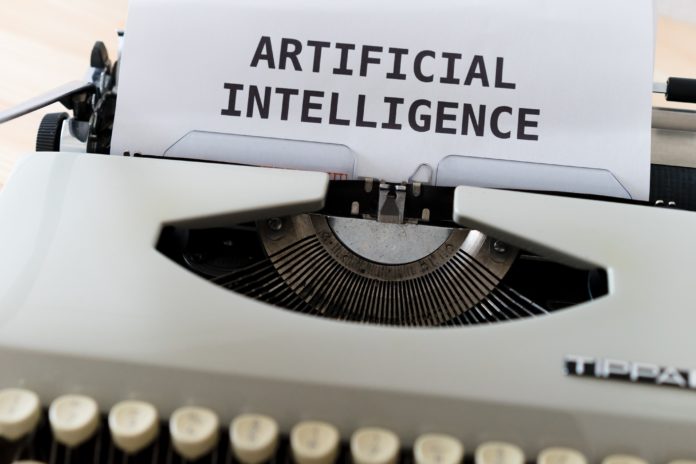With the rise of coronavirus all over the world, technological applications as well as initiatives, are becoming more and more popular to help in addressing the said pandemic. Technologies are used to control the situation, to treat patients, and to facilitate the efforts of those overworked healthcare workers, at the same time, develop new and effective vaccines. What is a small technology? You might think how small can technology get or wonder how big it could impact the world.
The Best Technologies to Help Fight Against Coronavirus
To give you some of the best technologies used to help during this pandemic, consider the following:
Artificial Intelligence
With analytics, it has changed the way a certain disease outbreak is tracked and managed, so it greatly saves lives. With the spread of COVID-19 that raise fears all over the world, most scientists and organizations are utilizing artificial intelligence to track the said outbreak in real time so it could predict where the virus may appear next and come up with an effective response.
Drones
These are used in monitoring quarantine measures, spraying disinfectant, facilitating aerial broadcasting, conducting aerial thermal sensing, monitoring traffic, and delivering medical supplies in various infected areas. With a more serious situation, drones help the number of face to face contacts and free up crucial human resources. They also minimize exposure to the virus, reducing the possibilities of contamination.
Blockchain
Being highly infectious, there is an urgent need to look for an appropriate solution against COVID-19, right from speeding up the detection of carriers and halting its spread up to developing a vaccine. With blockchain technology, the applications could offer a robust, cheap, and transparent means of facilitating effective decision-making.
It has the ability to be an integral part of the global response in fighting coronavirus by tracking the spread of this disease along with managing insurance payments and maintaining the sustainability of the medical supplies and donation tracking pathways.
Robots
The same with drones, these robots are small new technology that are deployed to contain the spread of COVID-19. Robots have been used to offer services and care for those who are quarantined and those who are observing social distancing. Robots are also used to disinfect hospitals, handle biohazardous waste, decontaminate private and public sites, and more. Robots are deployed all over the world to help fight against the coronavirus pandemic.
Telehealth Technologies
These telehealth technologies let the patients to be seen and be diagnosed remotely by doctors through a two-way, audiovisual, and real-time interactive communication system. This includes video visits through webcam-enabled computers, smartphones, tablets, chatbots, and automated algorithms.
There are various advantages out of remote delivery of clinical care services having audio-visual conferencing technology. It lets the hospitals be clear for confirmed cases, it also reduces virus transmission rates, and it could handle more patients too.
Open-source Technologies
Rapid data sharing is indeed critical during a disease outbreak since it leads to a better understanding of the origins as well as the spread of the infection, and it could serve as the basis for efficient treatment, care, and prevention. With this capacity of information technologies to let low-cost collaboration and dissemination of data led to establishment of many repositories and information small technology platforms for data sharing.
Most of the said activities are coordinated by international organizations like WHO and ECDPC. And with an increasing number of bottom-up, open source projects and open data initiatives have been developed as well, which facilitates access to scientific publications and research data and sharing blueprints for production of medical equipment like face shields and ventilators.
Gene-editing Technologies
In regard to COVID-19, it only took two weeks for scientists to isolate the virus and to figure out its genetic material full sequence from the public health officials report to the WHO. This disclosure might shed light on the origins as well as the spread of the disease and also point to the possible pharmaceutical targets for development of the drug.
Time is vital during this viral outbreak, and so advancements in gene-editing technologies might need to be harnessed to accelerate the ongoing efforts to come up with diagnostics and drugs.
Nanotechnology
This one is a multidisciplinary field which makes the use of nano-sized particles as well as small technology device for different applications such as targeted drug delivery, diagnostics, and the production of new therapeutic materials.
Those nanoparticles like silver and gold have been used in diagnostic and biochemical applications to detect viral particles. These nanoparticles could act as an antiviral drug delivery system as they could interact and bind to a virus, therefore, preventing it from entering and attaching the host cell.
Three-dimensional Printing
3D printing is considered as an additive manufacturing technique wherein objects are made by joining or by printing layer upon layer of the material, based on digital models. This is beneficial since those parts that are needed in only small quantities could be produced at a cheap cost since only one type of manufacturing machine is required, and the blueprints could be distributed or replicated by locally-sourced materials.
This small world technology is valuable once the supply chains of important products are strained during the pandemic wherein healthcare sectors are facing shortages of supplies all over the world.
Synthetic Biology
Scientists would take a multidisciplinary approach with the use of biology, genetics, engineering, computer science, and chemistry to substantially alter the genotype of the virus. This could contribute to small technology advances in the field, ranging from vaccine and drug development to pest control of aggressive species.
In regard to the current pandemic, those synthetic biologists are applying cutting-edge tools that would speed up the development of an effective vaccine. Indeed, synthetic biology could design, build, and test solutions for the unanticipated challenge like the COVID-19.
Conclusion
Indeed, technologies are a great help to the world, particularly in times of a global pandemic posed by the coronavirus. Making use of small technology during a pandemic could lessen the burden on the part of human beings, especially those referred to as the front liners.
Any thoughts about the post? Leave your comments below.




































